
Tim Ozkurt
Wild food foraging, the search for wild edible food and resources, is deeply rooted in our identity as a species dating back to our humble beginnings and continues today. Parts of the population still rely on foraging for their primary provision of food, medicine, materials, or livelihoods.
Although for many, it is more about fostering a deeper connection with nature, reducing one’s carbon footprint, or simply discovering wild plants to turn into nutritious culinary delights. Whatever the reason, before you set off in search of new-found wild edibles for the first time, read the following essential advice in our wild food foraging guide.
Tips to get you started
1. Follow the Golden rule – If in doubt, don’t eat it!
Practise wild food foraging safely by sticking to this vital rule and never eat anything you aren’t 100% sure about. Plant poisonings often occur when those picking don’t thoroughly identify plants, fungi, or seaweeds before trying them. With that being said, don’t let the potential dangers dampen your spirit for foraging, continue reading to find out how to take the recommended safe approach.
2. Team up with a local foraging expert
If you’re new to wild food foraging, put yourself in the safe hands of a local expert who can guide and teach you how to identify your first wild edibles. Seeking out someone who is knowledgeable in your region means you can learn which plants, fungi or seaweeds are accessible and easier to identify as a beginner forager. See the links at the end of this wild food foraging guide for a list of instructors.
3. Take your time
Even experienced wild food foragers won’t devour new plants without cautiously gauging its effect on their body first. In fact, some experts separate the identification and consumption stages by a week to avoid adverse reactions. After all, you will never know how your body will respond to a new species until you try it, even if it is known not to cause allergic reactions. Therefore, also ensure you only try a little amount to start with regardless of your previous experiences. Follow this method for an even safer method which tests your sensitivity to plants in stages.
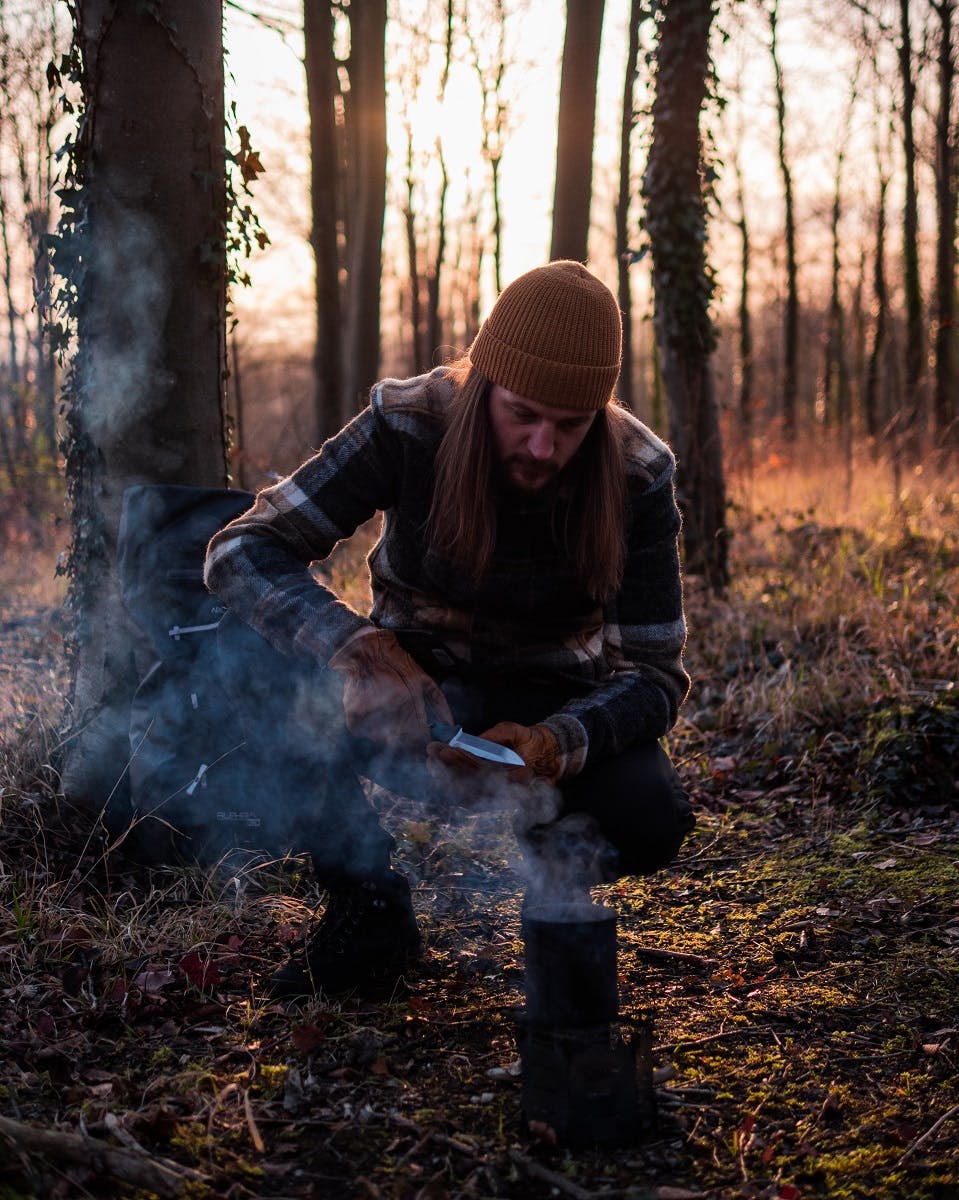
Practise a trusted approach
I.T.E.M (Identification.Time.Environment.Method)
Wild food Foraging guru & guide, Green Deane, designed this useful system to help with itemizing species.
Identification involves learning specific physical characteristics of a plant, fungi or seaweed. This isn’t as simple as comparing it to a photograph because they can appear different in various settings or look similar to uneatable subspecies. Practise sharpening your observational skills and switching on your senses to notice the details such as the texture of the stem and any odours. Have a checklist and always make sure your plant, fungi or seaweed ticks all the boxes when identifying, for example, if you’ve found something that looks like mint but doesn’t smell like it, then it isn’t mint. The fastest way to start searching out wild greens is to join a seasoned pro, however, if you decide to go it alone, equip yourself with a few decent guidebooks to cross reference.
Check the time of year the plant is meant to grow/bloom. If you find something out of season, then it could be a lookalike. Bear in mind that the same plant can grow or bear fruit differently in different regions, such as the Firethorn (Pyracantha Coccinea) that blooms and gives fruit twice per year in Florida but only once in Northern regions.
The more you learn about the environments you forage in, the more proficient you’ll become at successfully identifying plants, fungi, or seaweeds and avoiding contaminated spots. Wild food foraging can be a lifetime of learning so start small and research one species at a time and over time you will see your knowledge of local flora flourish. Study what conditions it thrives in, whether that be preferred temperatures, types of soil, or how much water or sun it likes. To minimise your chances of picking contaminated plants do not forage near major roads or areas that could be treated with toxic pesticides, like golf courses.
Finally, find out about the best method to prepare the plant, fungi, or seaweed for eating. Some you can simply start chewing raw while others need meticulous preparation before they are palatable.
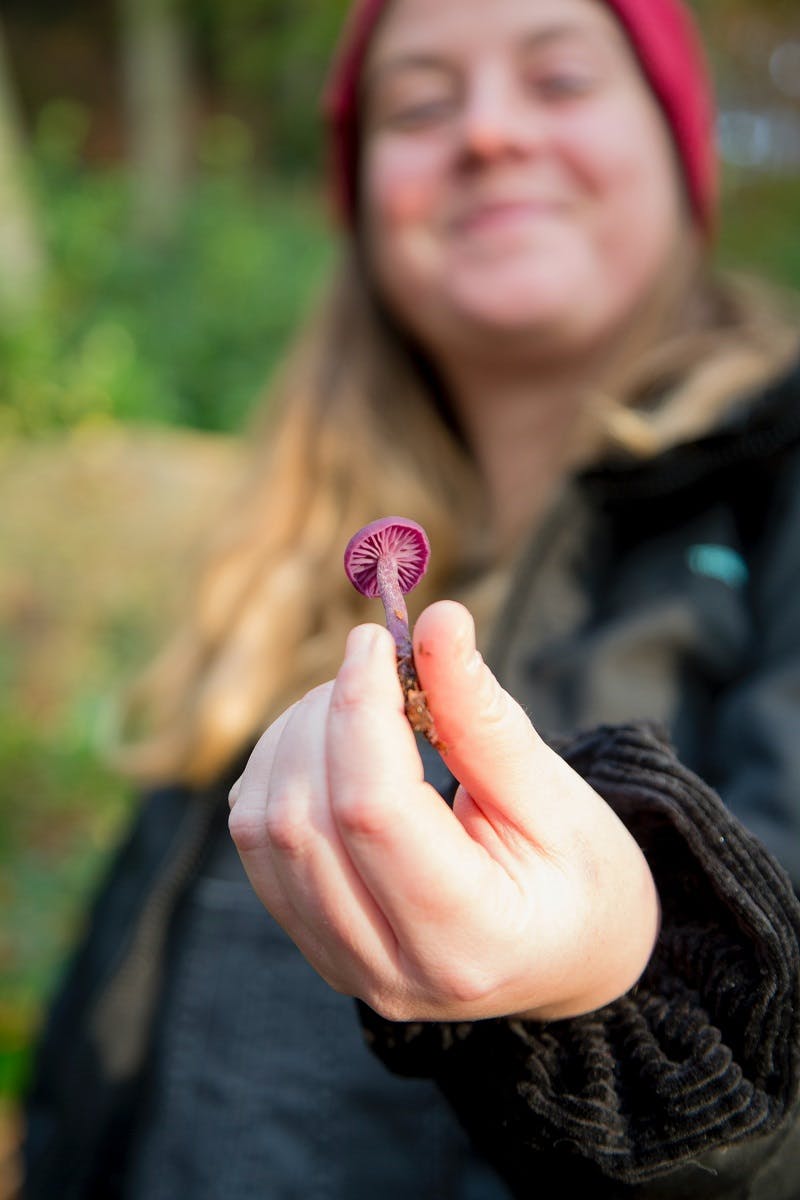


Take action now
Do you want to have a direct impact on climate change? Sir David Attenborough said the best thing we can do is to rewild the planet. So we run reforestation and rewilding programs across the globe to restore wild ecosystems and capture carbon.
Get involvedA few plants fit for first-time wild food foragers
The following list provides an overview of each species but be sure to continue reading several more in-depth descriptions using some of the identification guides listed below.
Dandelions
Found in most habitats and distinctively recognisable by its sawtooth yellow flowers which transform into white puffballs to spread their seeds. All parts of the plant are edible, but the flower head makes a great addition to salads with a boost of vitamins A, C and K. For the novice, it is best harvested when in flower to avoid confusing it with lookalikes. Try this simple recipe as a way of introducing this nutritious green into your diet.
Common Nettles
Also known as Stinging Nettles due to their sharp hairs that sting exposed skin. They have tear-drop shaped toothed leaves in opposing pairs and grow to around 1 metre in large patches in wasteground, woodland, hedgerows, roadsides or gardens. Rich in minerals and vitamins, the common nettle works well in soups, pesto, stews, or teas. This super plant also has a host of herbal medicinal benefits being used to treat conditions such as hay fever, eczema, and urinary disorders to name a few. If you do get stung whilst harvesting, Ribwort Plantain helps relieve the discomfort. Watch this video to see how to turn these prickly petals into an Italian classic, Fettuccine Alfredo.
Blackberries (or Brambles)
A foraging favourite that can be eaten raw or turned into a wonderful range of delicious delights from jams and chutneys to wines. An abundant species that can be found in many wild places, particularly enjoying sunlight found on the edges of meadows and fields. Their long prickly branches form a bundle of bush where the leaflets grow out from a central point, like a palm. The berries themselves have a large seed and they attach to the stem when harvested. Not only are they a tasty treat for humans but the plant also provides an important source of food and shelter for birds so tread carefully when picking.

Wild Food Foraging Dos
Finally, before wandering into the wild on your first foraging trip take note of the following dos and don’ts.
Look locally and cut your carbon footprint by eliminating ‘food miles’. One study published in 2005 found the average distance travelled of 58 common foods to the Waterloo Region in Canada was 2,811 miles (4,494km), generating 51,709 tons of greenhouse gas emissions annually! Regardless of where you live, you will find edible plants, even in towering metropolis landscapes such as New York City where up to 83% of trees and shrubs have at least one potential use. If you are unsure of your carbon footprint, you can calculate it here.
Check if you require permission to forage on the land. This is especially the case when it comes to private property and national parks where foraging can be off limits or strict rules and boundaries are in place.
Cut leaves from several different plants instead of taking only from one. Also, keep your tools clean to reduce the spread of disease.
Seize the opportunity to give back to nature by laying seeds. Blowing a dandelion’s puffball is a simple and effective example.
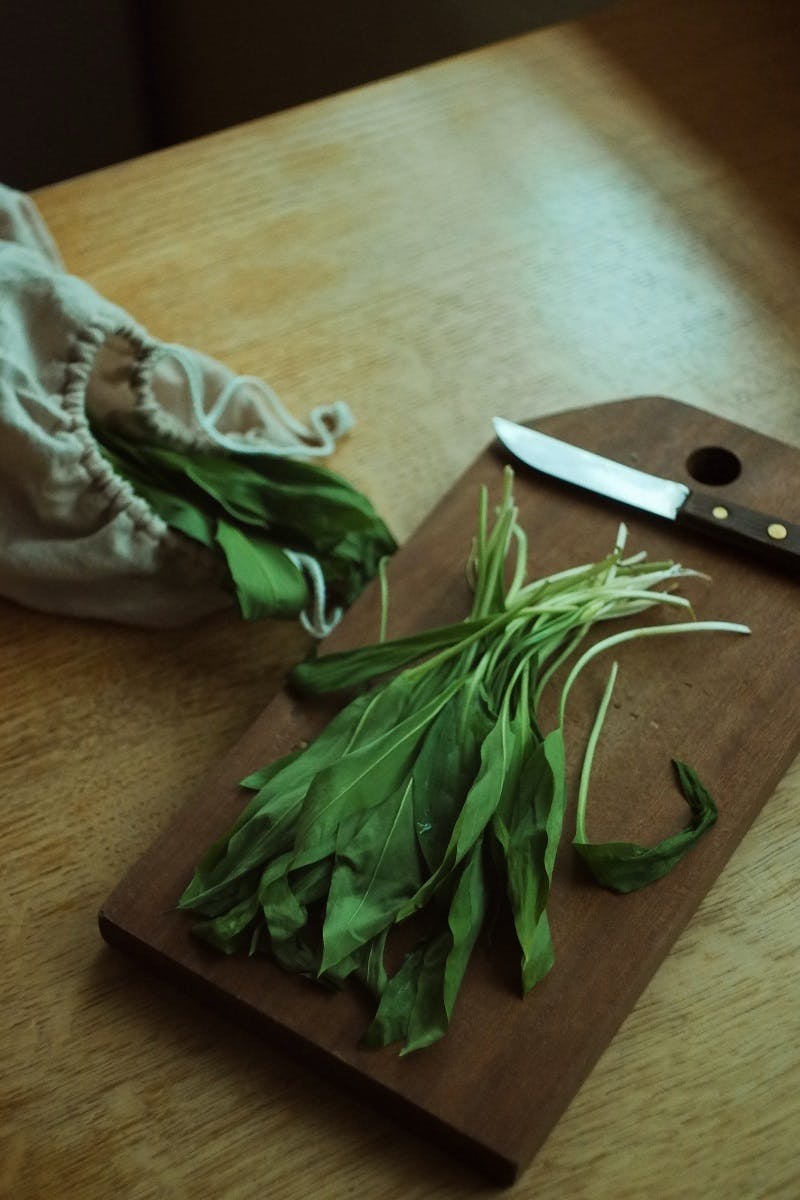
Wild Food Foraging Don'ts
Eat plants with white sap or white berries. This is an indication of toxins so stay well away.
Remove whole plants or all species of a plant from an area. Find out which species are rare in your area and stick to perennial plants that can regenerate. Even if a spot is teeming with a particular variety, curb your enthusiasm and only take what you need. Over-picking risks the growth of invasive species.
Trample over and damage other flora whilst foraging. Think about the health of the surrounding ecosystem you are picking in.
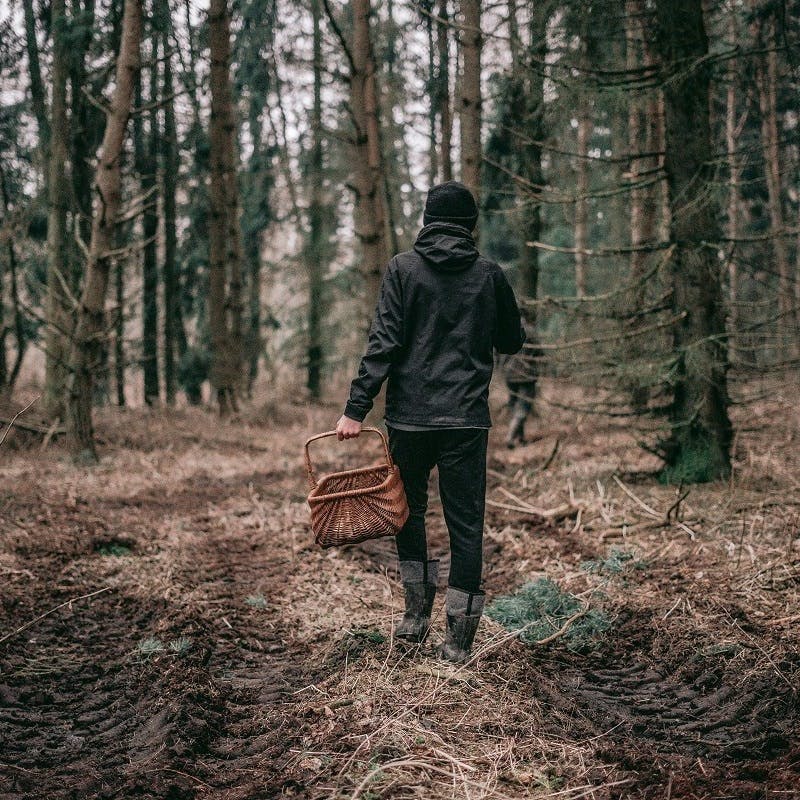
Useful Wild Food Foraging Apps and Websites
Apps
www.balconygardenweb.com/best-plant-identification-apps
Websites
www.foragingcoursecompany.co.uk
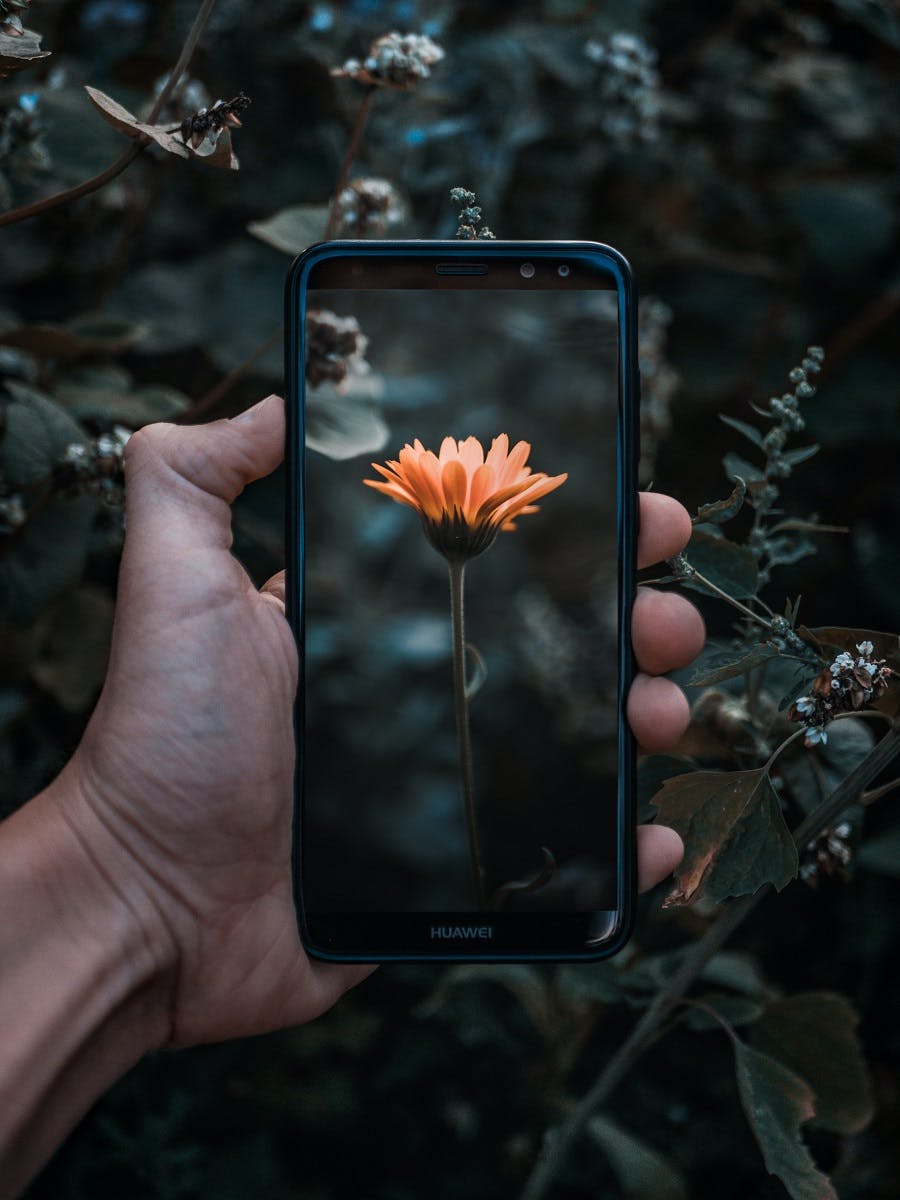
Helpful wild food foraging guides, books & tasty recipes
Books and plant identification guides
Wild Edibles: A Practical Guide to Foraging, with Easy Identification of 60 Edible Plants and 67 Recipes, by Sergei Boutenk
Wildcrafting Weeds: 20 Easy to Forage Edible and Medicinal Plants by Colleen Codekas and Joel Schwartz
Identifying and Harvesting Edible and Medicinal Plants in Wild (and Not So Wild) Places by Steve Brill and Evelyn Dean.
Hedgerow (River Cottage Handbook No.7), by John Wright
www.foragingcoursecompany.co.uk/plant-foraging-identification-guide
Delicious foraging recipes
Forage, Harvest, Feast: A Wild-Inspired Cuisine by Marie Viljoen
Wildcrafted Fermentation: Exploring, Transforming, and Preserving the Wild Flavors of Your Local Terroir by Pascal Bauda

Sources & further reading

- “Food Miles: Environmental Implication of Food Imports to Waterloo Region” - Leopold Center for Sustainable Agriculture
- “Urban Foraging: A Ubiquitous Human Practice Overlooked by Urban Planners, Policy, and Research” - MDPI Open Access Journals
 Practise a trusted approach – I.T.E.M (Identification.Time.Environment.Method)
Practise a trusted approach – I.T.E.M (Identification.Time.Environment.Method)